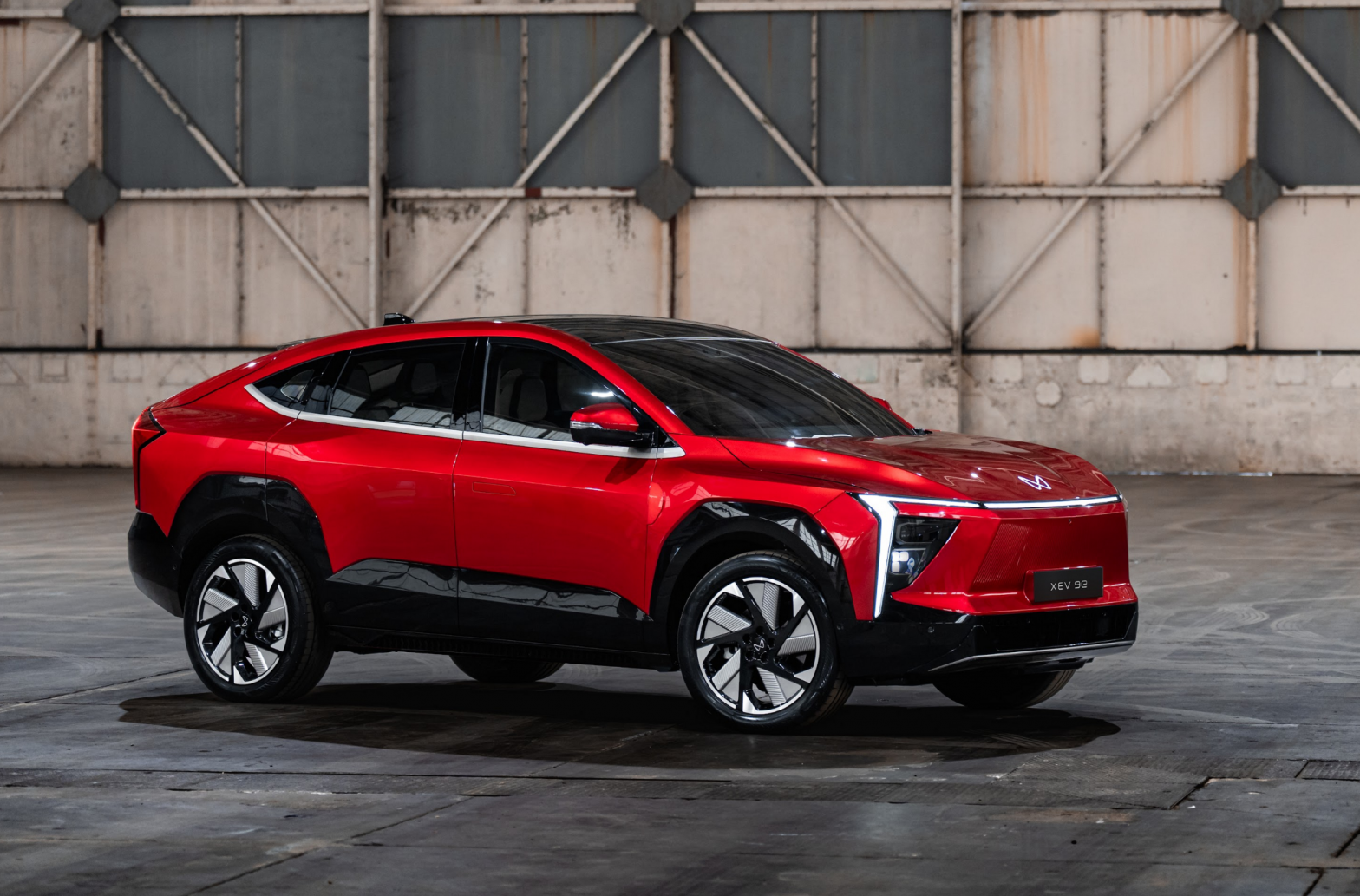Mahindra & Mahindra today unveiled the BE 6e and the XEV 9e, the first two of its ‘Born Electric’ EVs. It has strived to set them apart from many of the EVs in the market that share their core design elements with their traditional, petrol- or diesel-based counterparts. But does building these models from the ground up really make much of a difference, or is more of a marketing strategy? We get into the weeds.
A Matter of Performance & Power
The first key difference lies in how these vehicles handle power delivery. When manufacturers convert an ICE vehicle to electric, they face an immediate challenge with the front-wheel-drive architecture common in most conventional vehicles. These converted EVs struggle to effectively manage the instant torque that electric motors provide. As the car accelerates, the vehicle’s weight shifts toward the rear, precisely when the front wheels need that downforce for traction. The result? Wheels that are more likely to spin than grip.
This is where purpose-built electric platforms like Mahindra’s INGLO show their advantage. By designing specifically for electric power, engineers can optimize for rear-wheel-drive configurations that better handle the immediate torque delivery. It’s not just about power – it’s about putting that power to the ground effectively.
Space Considerations
The second major consideration comes down to space – specifically, where to put the batteries. In converted EVs, engineers face several challenges trying to fit the EV powertrain into the overall structure. The vehicle’s original design, with its designated spaces for exhaust systems, fuel tanks, and other ICE-specific components, creates natural limitations. As a result, these conversions typically hit a ceiling at around 50 kWh battery capacity, constraining their potential range.
A ground-up electric architecture like INGLO, however, approaches this challenge with a clean slate. Without the need to work around legacy design elements, Mahindra’s engineers could optimize every millimeter of space for maximum battery capacity, directly translating to better range and performance.

Advantage INGLO
The above fundamental rethinking of vehicle architecture led Mahindra to develop the INGLO platform – a purpose-built foundation for its future electric SUVs, from the agile BE 6e to the larger XEV 9e. But what makes this platform so special?
First is the economic advantage of commonality. By maintaining consistent key dimensions like wheelbase and track across different models, Mahindra can develop multiple vehicles simultaneously. This isn’t just about saving money; it’s about bringing innovations to market faster and continuously improving the platform based on real-world feedback.
The platform’s modularity is equally impressive. While core elements like the battery, powertrain, and suspension systems remain consistent, the INGLO platform can flex to accommodate different vehicle sizes. The BE 6e, for instance, spans 4.3-4.4 meters, while its larger sibling, the XEV 9e, stretches to 4.7-4.8 meters. This flexible architecture ensures that each vehicle maintains its unique character without compromising on performance or quality.
When it comes to space efficiency, the INGLO platform demonstrates how a clean-sheet design can transform the passenger experience. By shifting the powertrain to the rear, Mahindra has accomplished what many ICE vehicles can only dream of – a genuinely flat floor and maximized cabin space. It has removed the intrusive transmission tunnel that typically divides the rear seating area.
Vehicle Dynamics
The platform’s vehicle dynamics showcase how starting fresh can elevate the entire driving experience. While many EVs focus solely on straight-line acceleration, INGLO takes a more sophisticated approach. Mahindra has integrated high-end suspension systems typically found in luxury vehicles costing over Rs 60 lakhs. At the rear, the models boast of a compact five-link suspension system, and help in maximizing battery space while delivering high ride quality.
INGLO also introduces what Mahindra claims is India’s first intelligent semi-electric suspension system. Think of it as having a suspension that reads the road like a book, constantly adapting to changing conditions and driver inputs in real-time. Paired with a variable gear ratio steering system, it offers an intriguing duality: solid stability at highway speeds and maneuverability in tight urban spaces. The system even allows drivers to select different steering modes.
The braking system represents another step forward. With an EV’s considerable power comes the need for equally impressive stopping ability. INGLO’s brake-by-wire system employs an 800W motor to generate hydraulic pressure, delivering faster response times than conventional systems. But it’s not just about stopping power – the system recovers energy during braking, extending the vehicle’s range. Drivers can even select their preferred level of regenerative braking, personalizing the deceleration experience.
Another of INGLO’s impressive features is a sophisticated thermal management system. This addresses three critical challenges simultaneously. First, it maintains optimal battery temperature regardless of weather conditions – crucial for consistent performance and longevity. Second, it ensures passenger comfort with advanced air purification and energy-efficient climate control. Third, it manages motor temperature to maintain peak performance without unnecessary battery drain. It also boasts of dual-zone temperature controls and adjustable airflow for cabin comfort.
By starting from scratch, M&M engineers claim that they have created a platform that addresses current challenges and sets the stage for a sustainable, high-performance future in electric vehicles.
